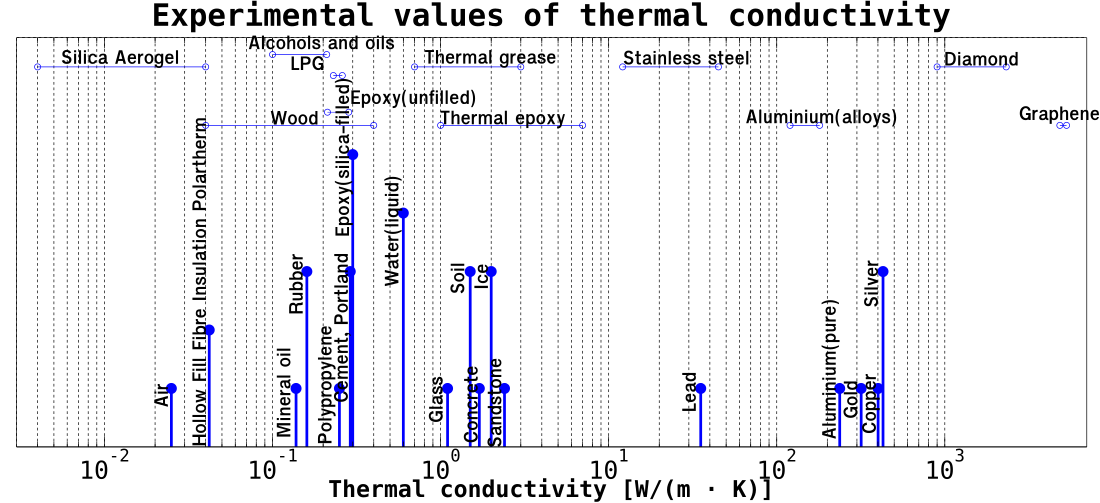The Tesla patent on the system, at least, clearly references a mechanism for scavenging heat from the drive system. Whether they implemented it may be open to question. However, I've noticed that the demand for heat from the battery powered resistance heater drops pretty noticeably as a trip progresses, and I tend to attribute that to this capability.
Patent US20100025006 - Electric vehicle thermal management system
Practically the worst way to found out what a company has done is to look at it's patents.
That aside, NO. Take apart your car if you have to convince yourself that it's not implemented.



